The Animals Have Left the Building and a Big Game Hunter's Showplace Is on the Market
If you have an unusual collection you are hoping to display in a bucolic country spot, this quirky 1930s structure masquerading as an 18th century stone house might present the perfect opportunity.

If you have an unusual collection you are hoping to display in a bucolic country spot, this quirky 1930s structure masquerading as an 18th century stone house might present the perfect opportunity.
Set on just under nine acres of land, the stone house at 4938 US Highway 209 in Accord, N.Y. was built in 1937 for use as a game house. Along with another cottage on the property, it’s now on the market.
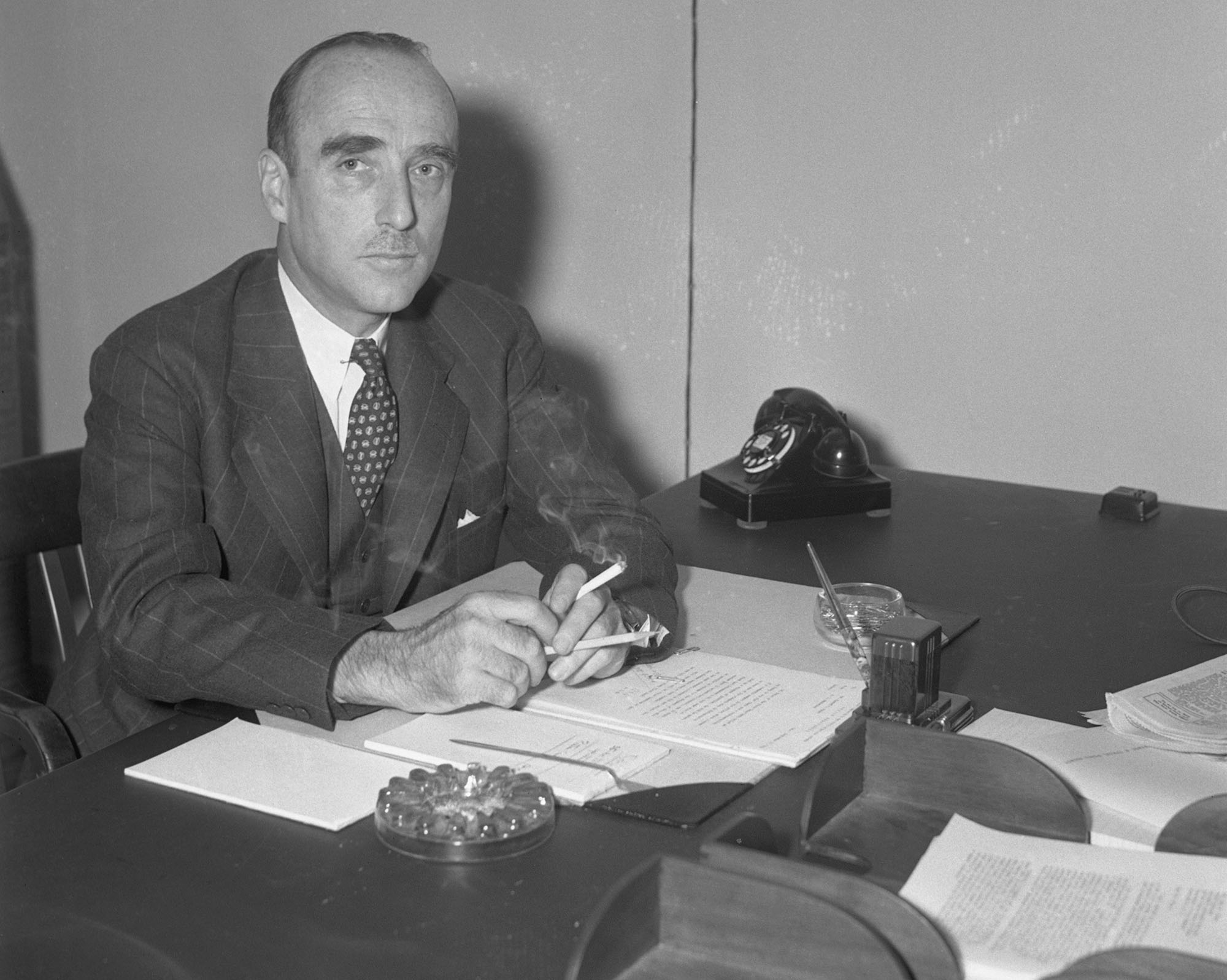
Once part of the much larger Appeldoorn Farm, the property was the country estate of Howard C. Sykes. While Sykes was a Wall Street man, this wasn’t just an old farm he purchased to gussy up for use as a country retreat. He had a rich family history on the land.
At the center of the estate was the Schoonmaker land, first farmed by Benjamin and Catrina Schoonmaker in 1722. Howard’s mother, Alice Adele Schoonmaker Sykes, was a descendant and in 1928 Howard and his brother Edward took over management of the family land, with Howard seemingly taking the larger role.

The farm was christened Appeldoorn in the 20th century as the Sykes family increased their land holdings, restored a historic house and constructed new buildings on the property. The almost 140 acres of land remained in family hands until it was sold in 2005. Today, there is a conservation easement protecting the historic farm from development, including the small portion of land that is currently on the market.
The rich history of the farm was documented in a 2010 historic resource survey and the entire property was listed on the National Register in 2013. The detailed report records the history of the farm from the 18th through the 20th centuries, including the major building projects of Sykes in the 1930s.

In 1931, Howard C. Sykes hired local Ulster County architecture firm Teller & Halverson, specialists in colonial dwellings, to restore and modernize the original 18th century Schoonmaker family house. Myron Teller, in particular, was a stone house enthusiast known for his restoration of multiple 18th century properties in and around Kingston as well as his design of new “colonial” buildings in partnership with Halverson.
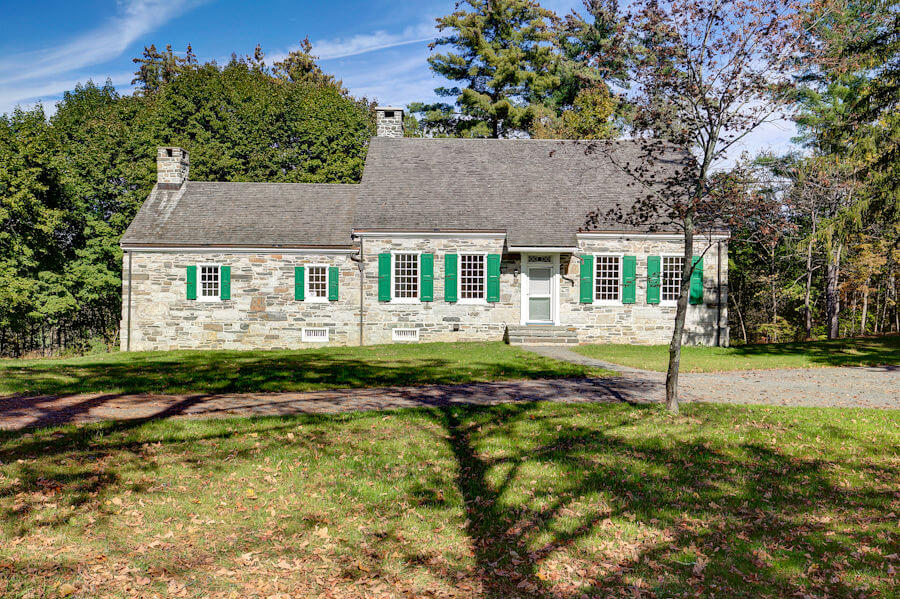
Sykes engaged the firm again in 1937 to build a new structure that would be in keeping with the stone house aesthetic but used for a very specific purpose, a game house to showcase the trophies of the family’s hunting exploits.
In 1937, the Kingston Daily Freeman reported on plans for this “fine new improvement” at the Sykes’s property. The article reported that the size of the Schoonmaker farm had been increased that year when Sykes purchased the adjacent DeWitt farm, which added about 80 acres of land and a house “in the dilapidated condition characteristic of many of the old stone houses” and a “venerable barn.” Teller & Halverson would take advantage of that house and barn by using beams and stone to create a game house that was largely a historic homage on the exterior and suited for a modern use on the interior.
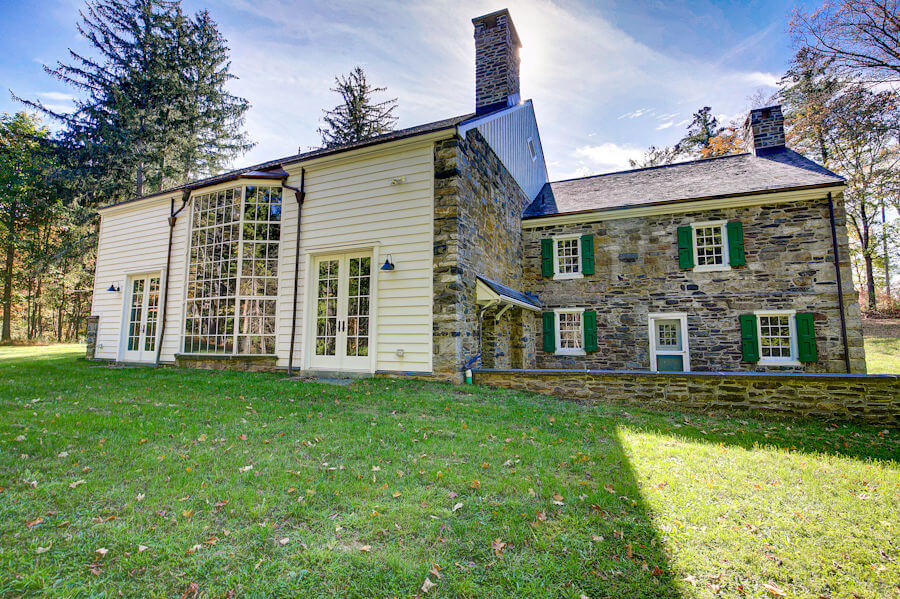
The timing of the construction of the game house was not coincidental. While the house was under construction, Howard and Laura Sykes, along with their sons Walter and Calvin, were on a ten-week safari in East Africa. The family hunting trip was being led by guide J.A. Hunter, who later detailed his life of adventure in books such as “White Hunter” and “African Bush Adventures,” and in a 1952 article for Life Magazine, complete with pictures taken by young Walter Sykes. The trip resulted in the kill of hundreds of animals; heads, pelts and other artifacts were carted back to New York for display in the new game house.
Later generations have focused on conservation rather than killing for sport. Filmmaker Hunter Sykes, the great-grandson of Howard and Laura, and guide and conservationist Alex Hunter, a grandson of J.A. Hunter, have teamed up on a documentary about the legacy of their families. Currently in production, “The Hunter Legacy” will retrace the route of that 1937 safari to learn how the landscape has changed and explore the contemporary environmental issues facing East Africa. The production will take advantage of film footage from that original safari and photographs and journals kept by the Sykes family.
[instagram_embedding url = “https://www.instagram.com/p/BH2hCIQDVef/”]
The trophies from the East Africa hunt and other Sykes family shooting trips were included in the sale of the property in 2005 and remained on display in the game house until 2012, when they were packed up and sold at auction in Virginia by The Potamack Company. Items up for sale included a zebra upholstered sausage cushion, the head of a Thomson’s gazelle and the front half of a six-foot-three-inch giraffe.
With its animal occupants removed, the Syke’s family game house is now on the market and awaiting a creative new use.
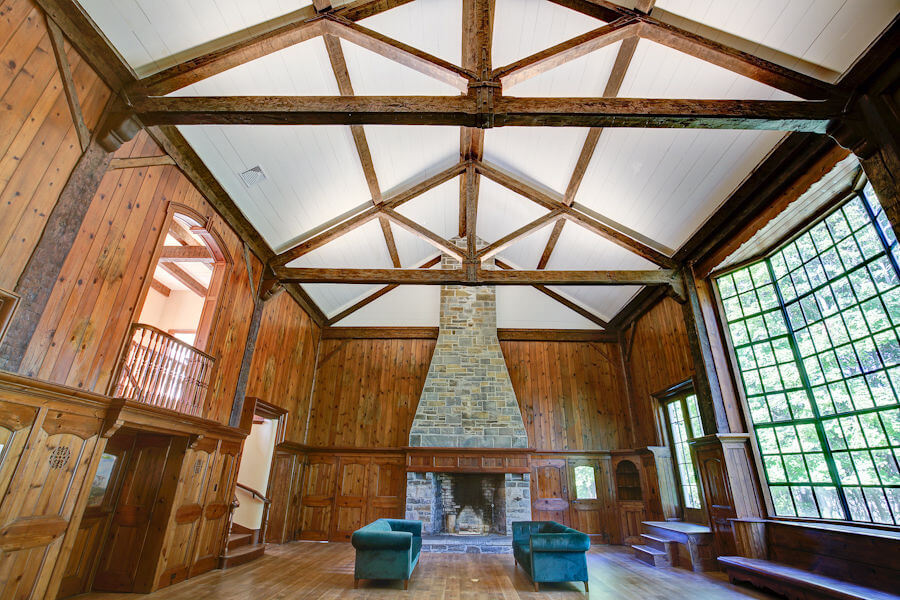
The house is dominated, fittingly enough, by the main hall. Sunken from the main entrance, Teller & Halverson designed it as a dramatic, light-filled space for the exhibit of specimens. According to that 1937 Kingston Daily Freeman article, the trusses of the ceiling were salvaged from the old barn.
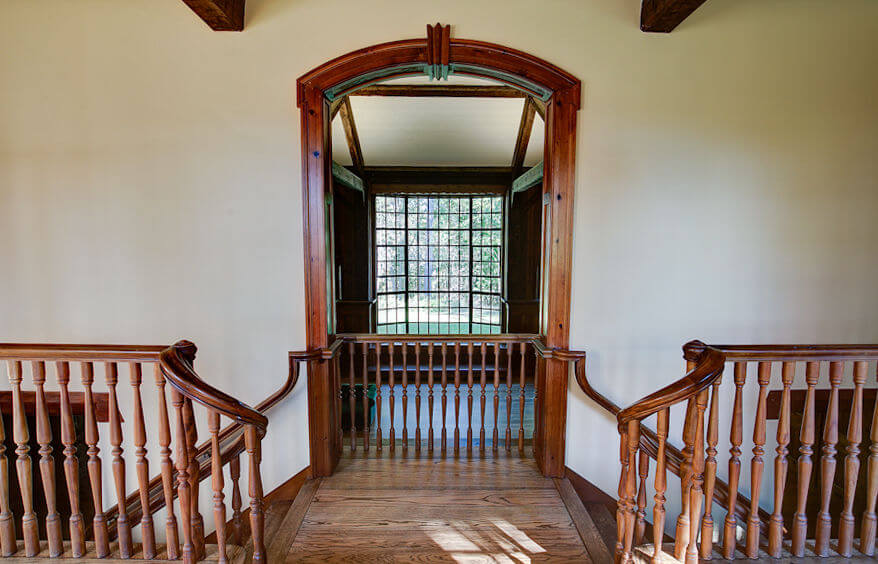
Balconies from the upper level provide a view into the space and, presumably, would have given one an up-close gander at the wall-mounted specimens.
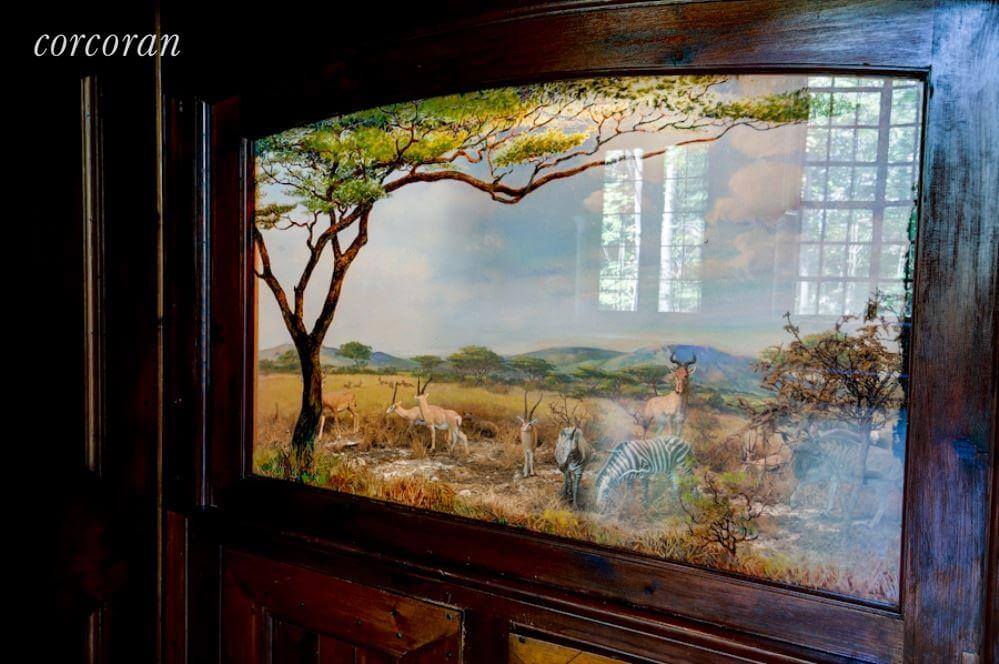
While the trophies are gone, one remnant of the exhibit days seems to remain — the listing includes this intriguing shot of what looks like a 1930s style natural history museum painted diorama.
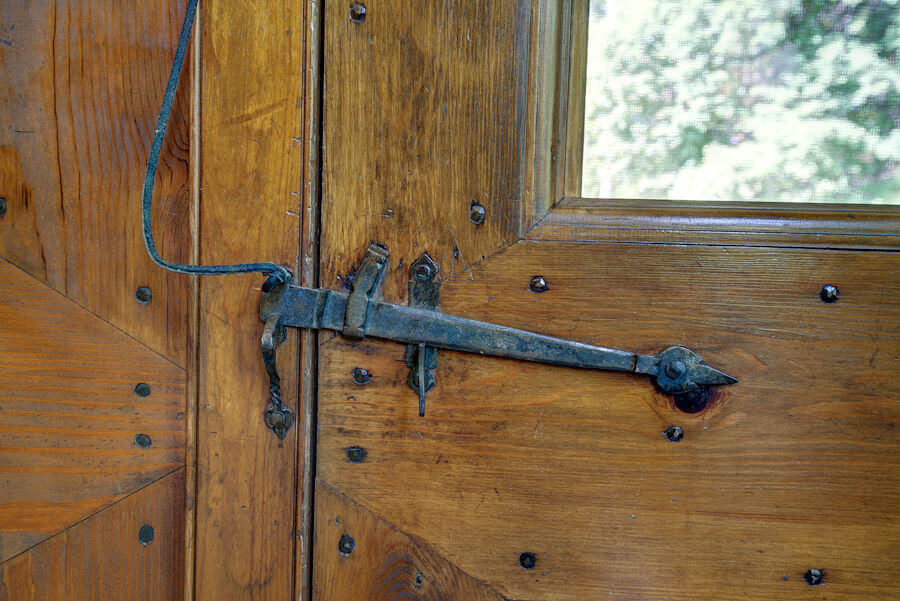
Evident throughout the house is Teller’s eye for hardware. After running into difficulty finding originals or reproductions that were up to snuff for his projects, he solved the problem by starting his own foundry, turning out reproduction locks, latches and hinges. He supplied hardware to the F.D.R. Presidential Library in Hyde Park (begun in 1939.)
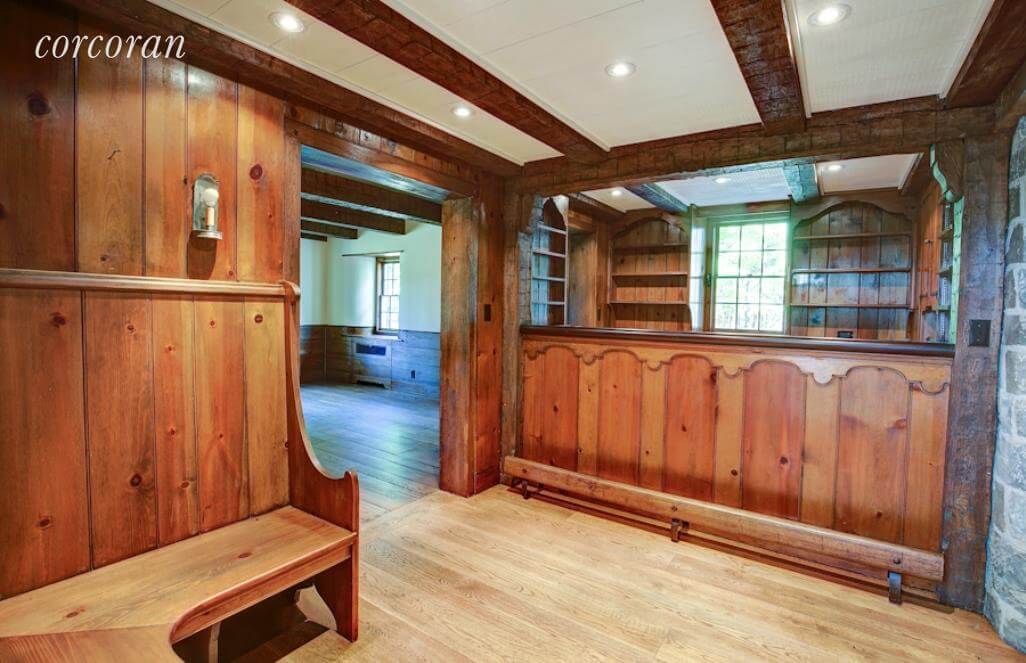
In keeping with the social club vibe that was intended for the house, there’s a built-in bar on the first floor so guests could enjoy libations while chatting about their great adventures.
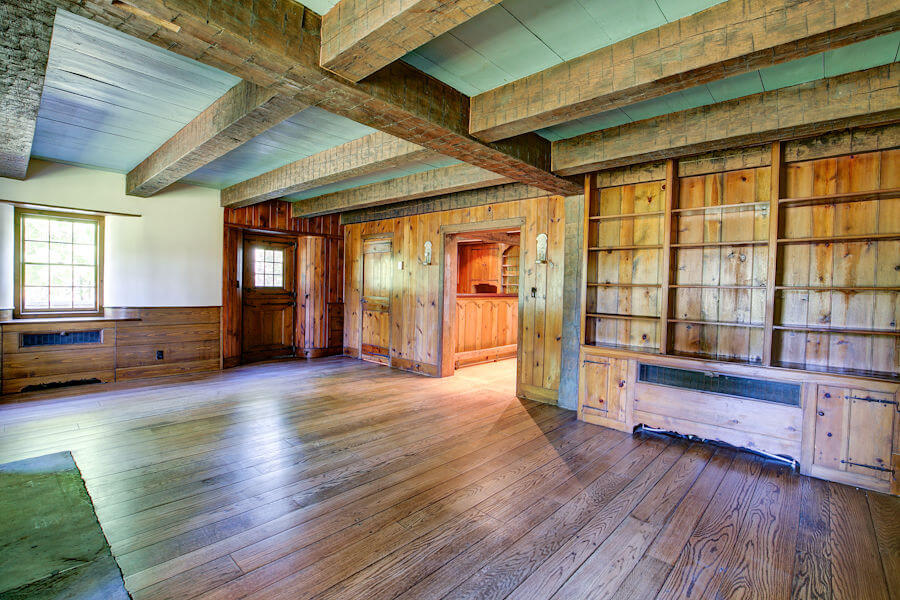
There’s a pub-like space next door, with beamed ceilings and a fireplace, that could become a cozy living space.
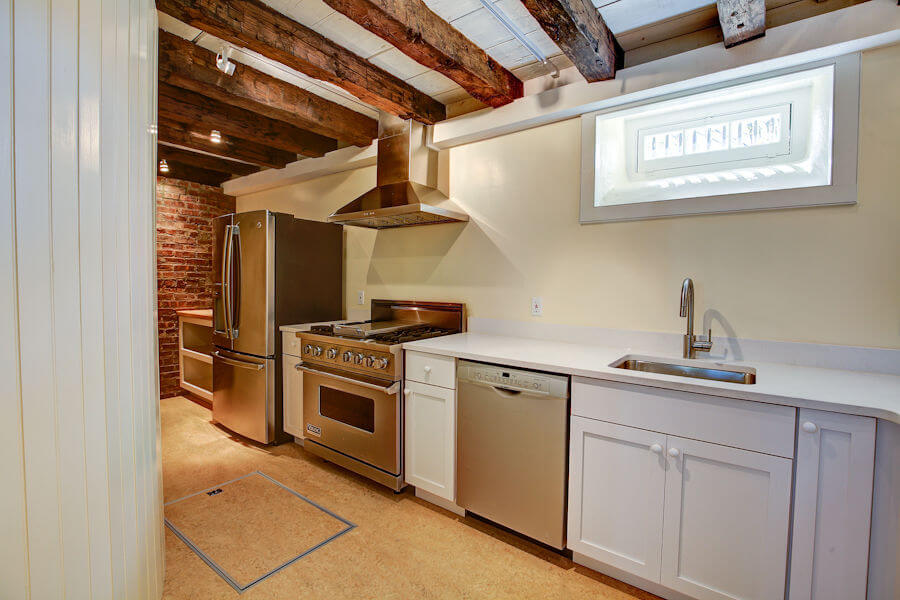
Originally designed with a kitchenette and “modernly equipped” according to that 1937 Kingston Daily Freeman article, it has had a more recent kitchen upgrade.
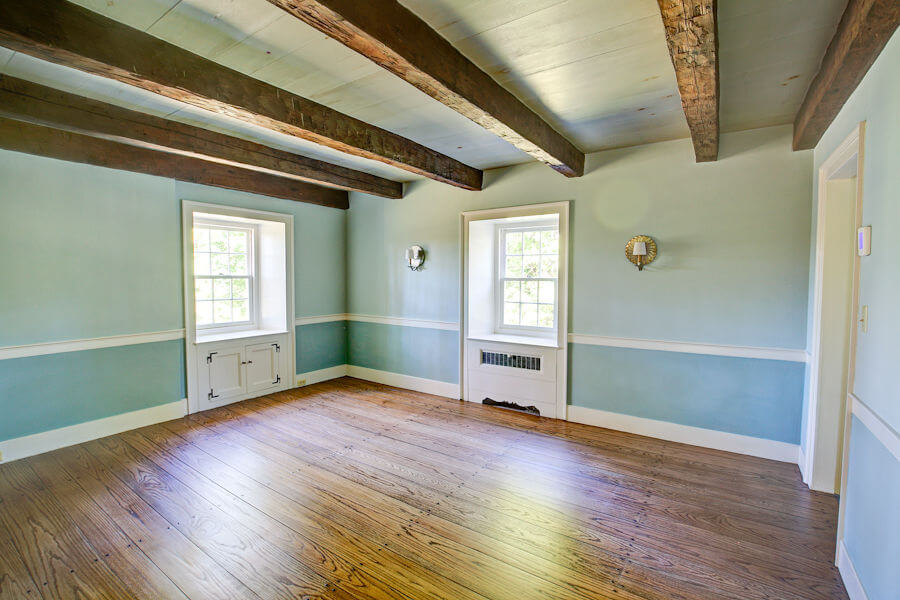
While it wasn’t meant to be a full-time residence it was designed to accommodate guests and there are two bedrooms. The one in the listing photos shows the vintage character continuing, with a beamed ceiling and wide plank floorboards.
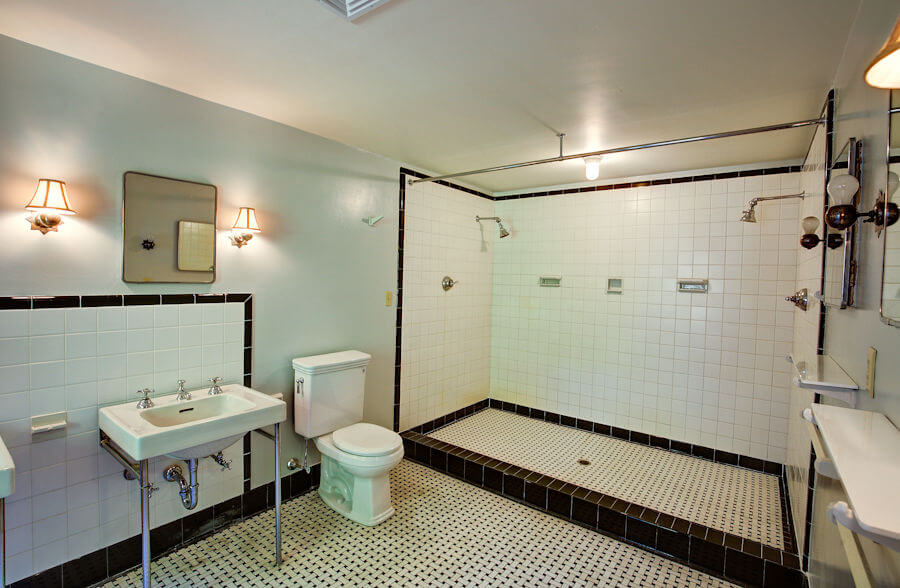
There are 2.5 baths and one of them seems suited for 1930s-style dormitory guest accommodations, with multiple sinks and shelves and a massive shower.
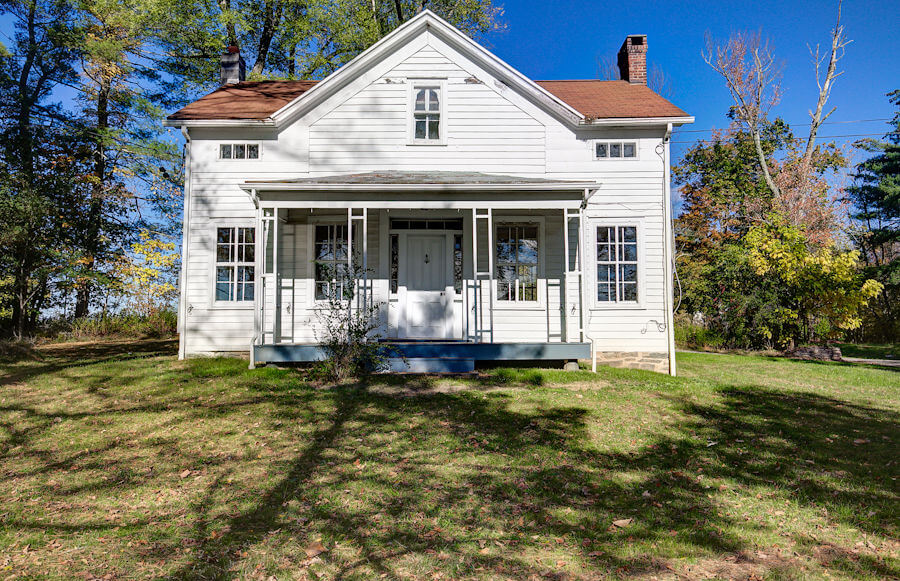
In addition to the quirky game house, the 8.6-acre property also includes an additional house. Known as the Tenant House, according to the National Register nomination it was built around 1851, soon after the original occupants, Catherine Schoonmaker and David R. Elting, were married.
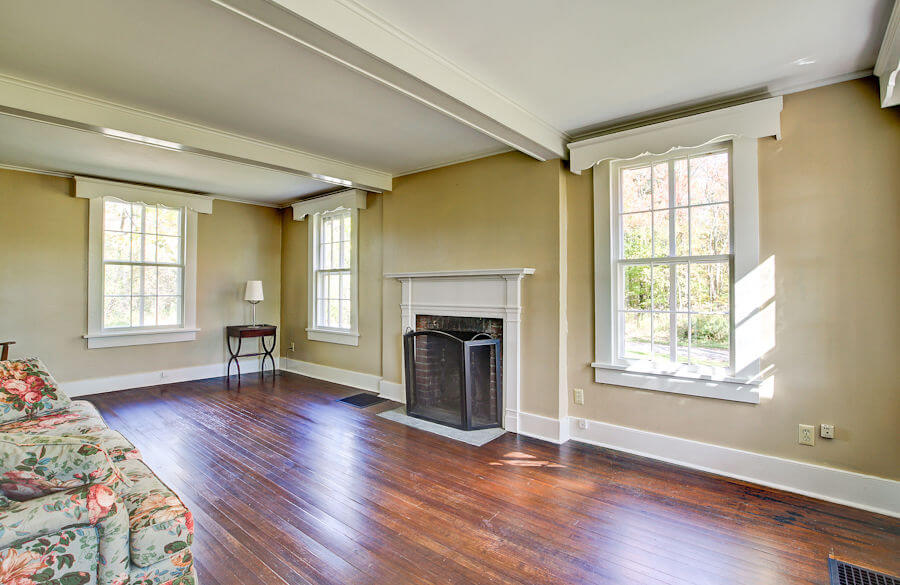
The little cottage has two bedrooms, one full bath and is set just inside the main entrance to the property.
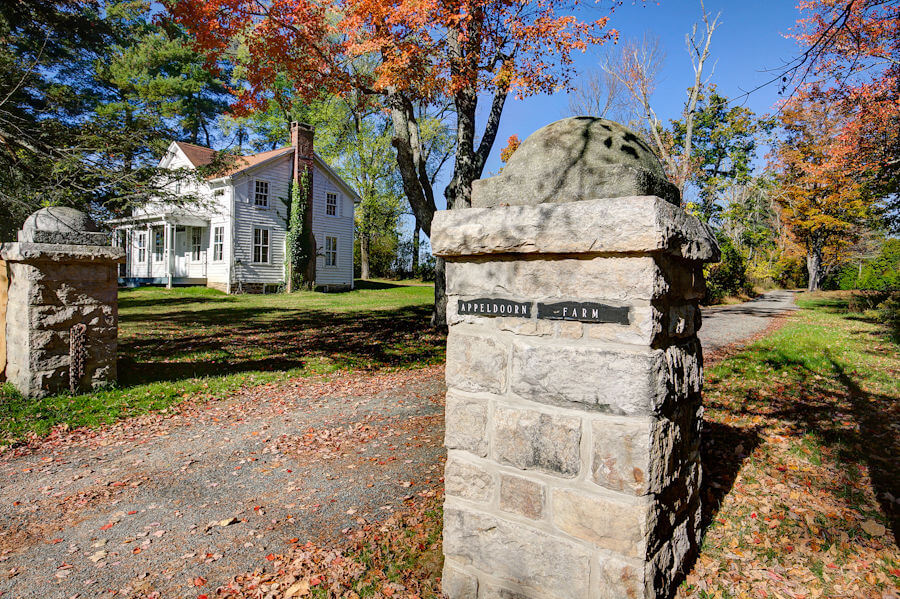
The 8.6 acres of land and the two houses are listed for $1.37 million by Nick Rafello of Corcoran.
The hamlet of Accord is located within the town of Rochester. Like many towns in the area, it was largely agricultural in the 18th and early 19th centuries, boomed with the arrival of transportation — both a canal and a railroad — and became a summer resort destination in the 20th century. Rochester established a Historic Preservation Commission in 1987 and surveys and documents houses, barns, bridges, cemeteries and other historic properties in the area.
Those curious to learn more about local history can pop into the Friends of Historic Rochester Museum and Library of Local History and Genealogy at 12 Main Street in Accord, just a couple of miles from the Sykes’s former game house.
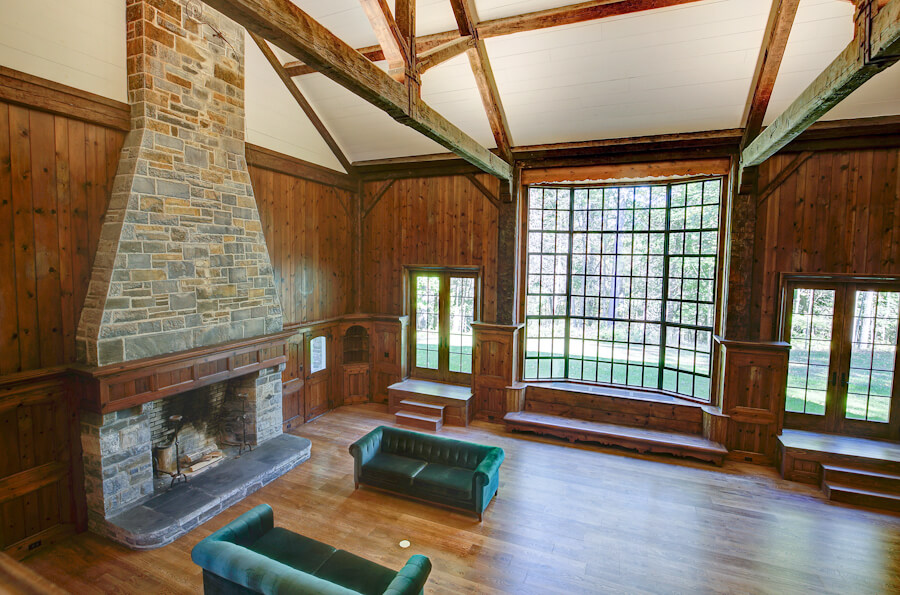
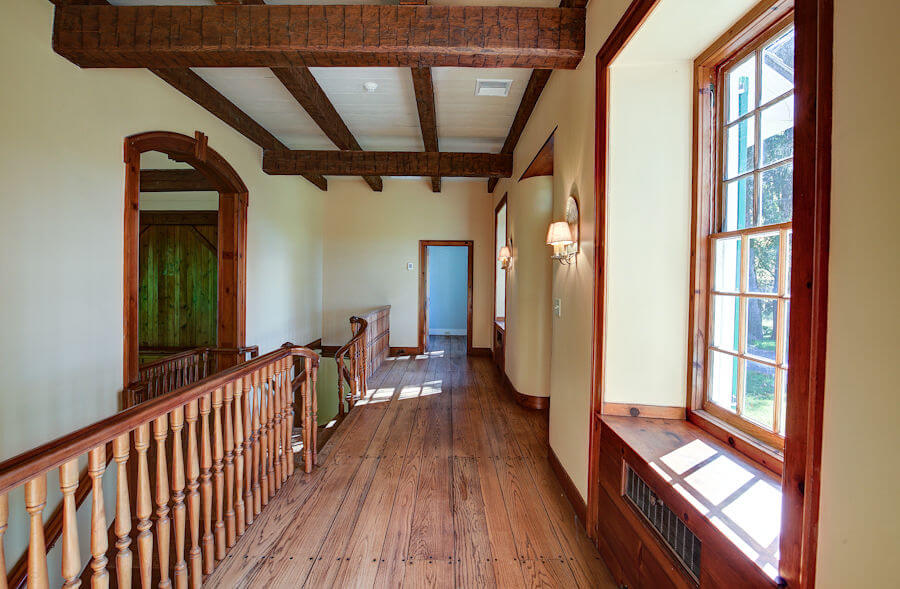
Related Stories
- A Suffragette Restores Her Dream Home, an 18th Century Stone Cottage in Kingston, N.Y.
- The Catskill Retreat of 20th Century Opera Diva Amelita Galli-Curci Can Be Yours for $3.25 Million
- An Italianate Row House in Hudson Dripping With Charm and Designer Style
Email tips@brownstoner.com with further comments, questions or tips. Follow Brownstoner on Twitter and Instagram, and like us on Facebook.


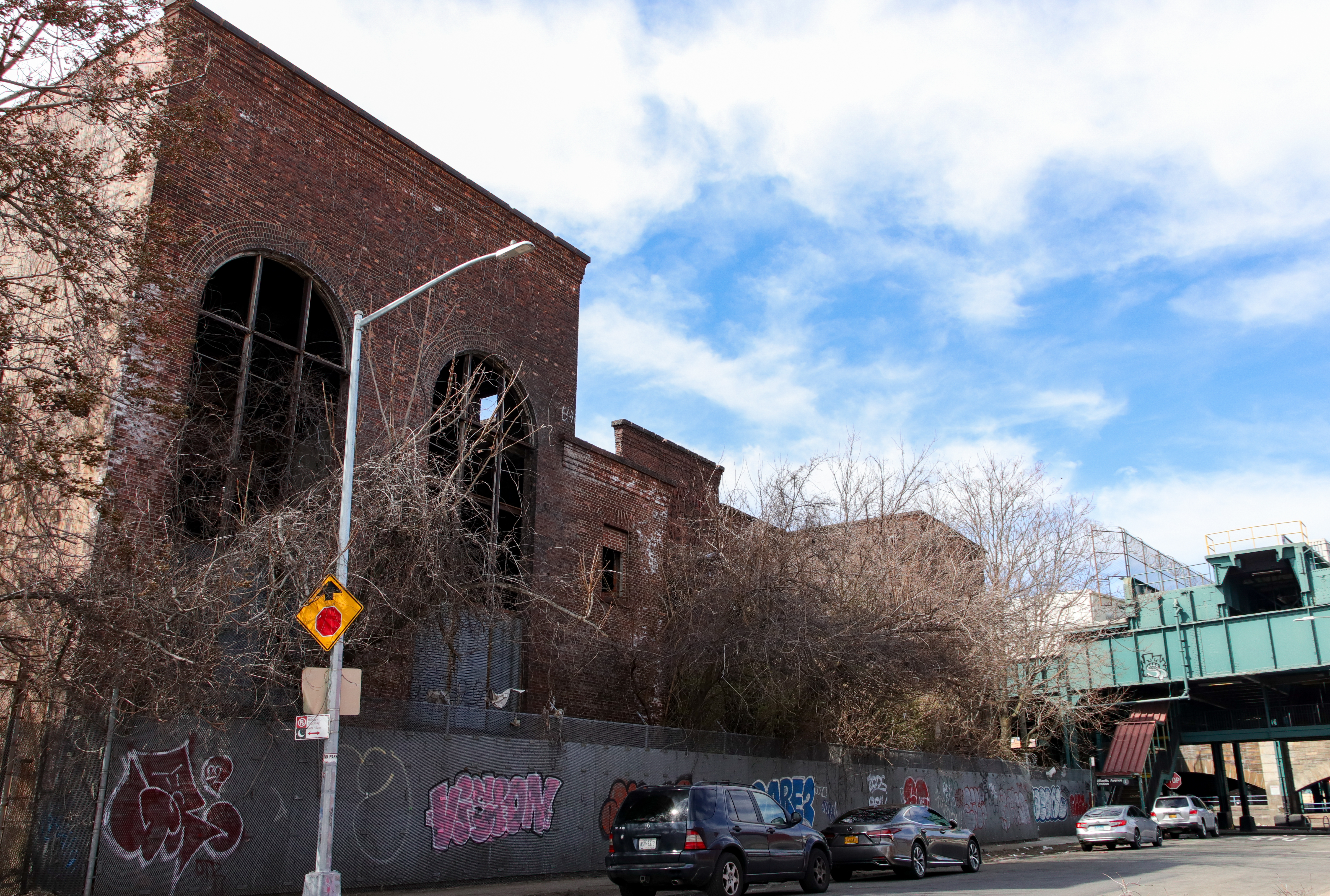
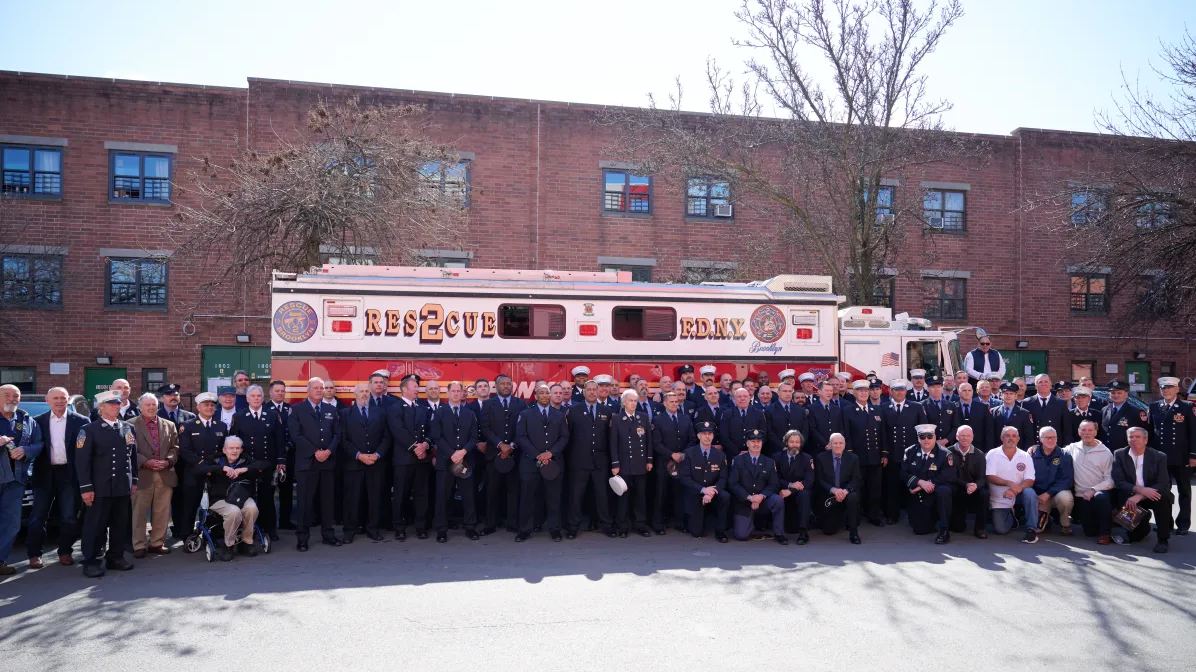
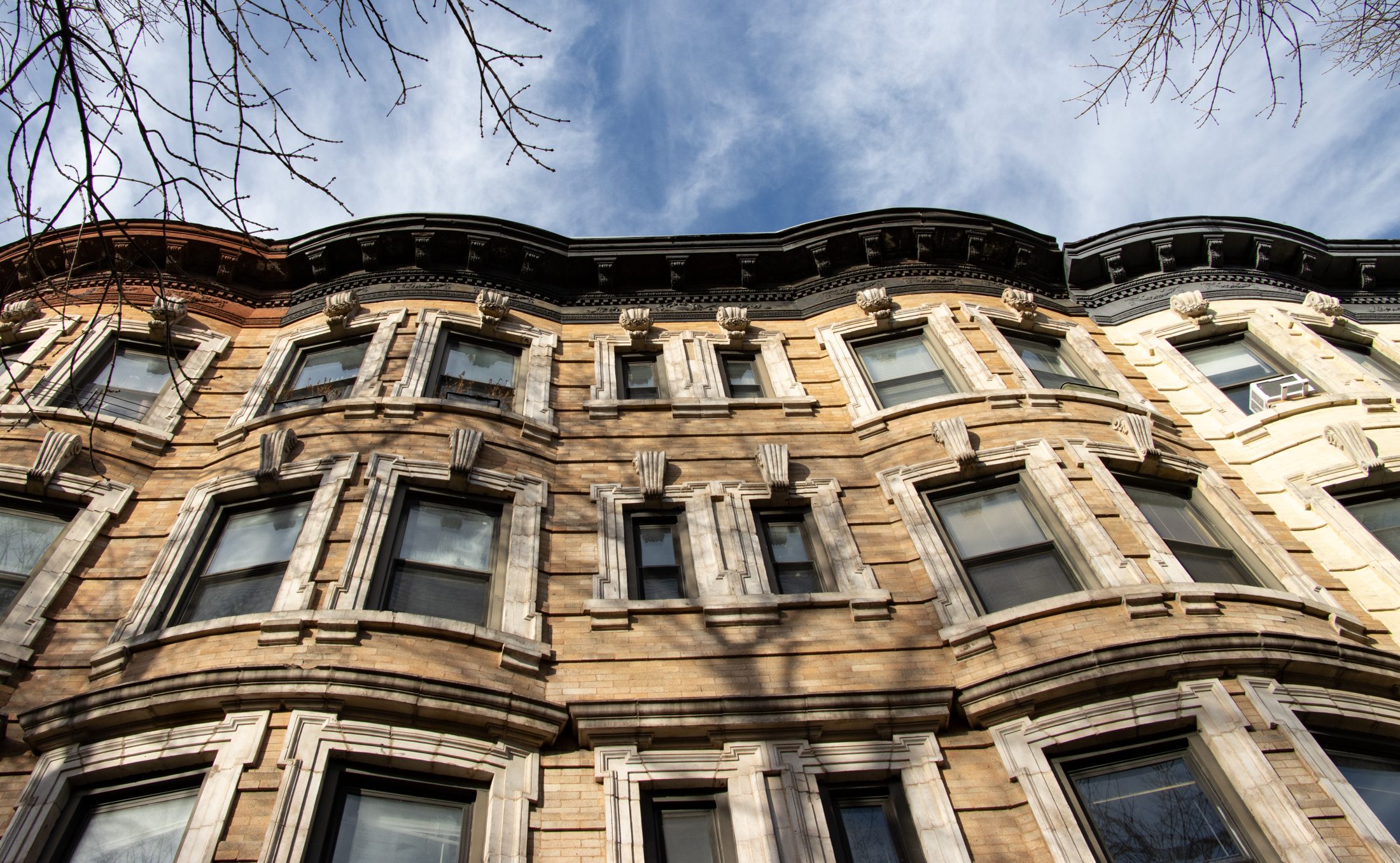




What's Your Take? Leave a Comment